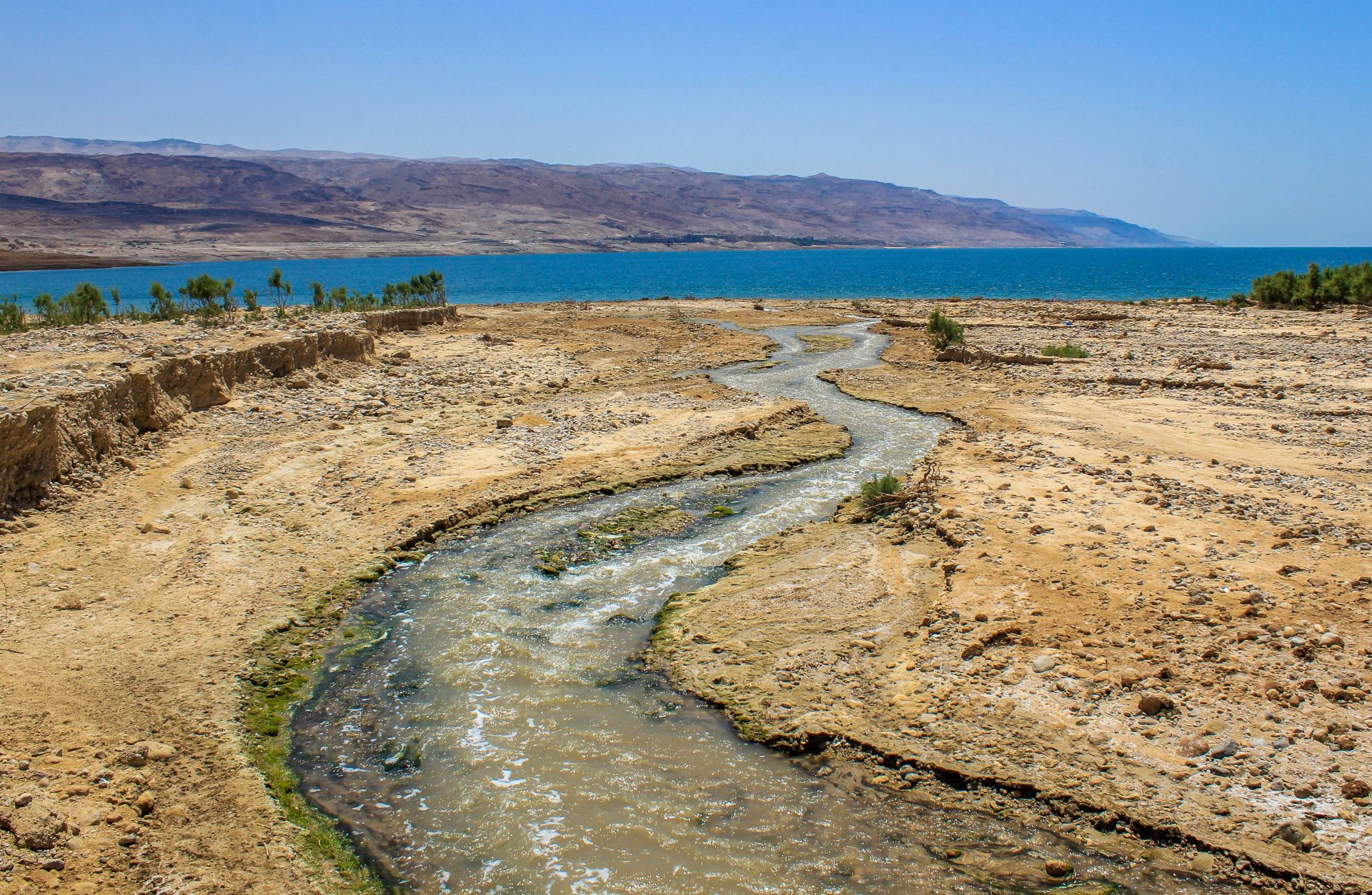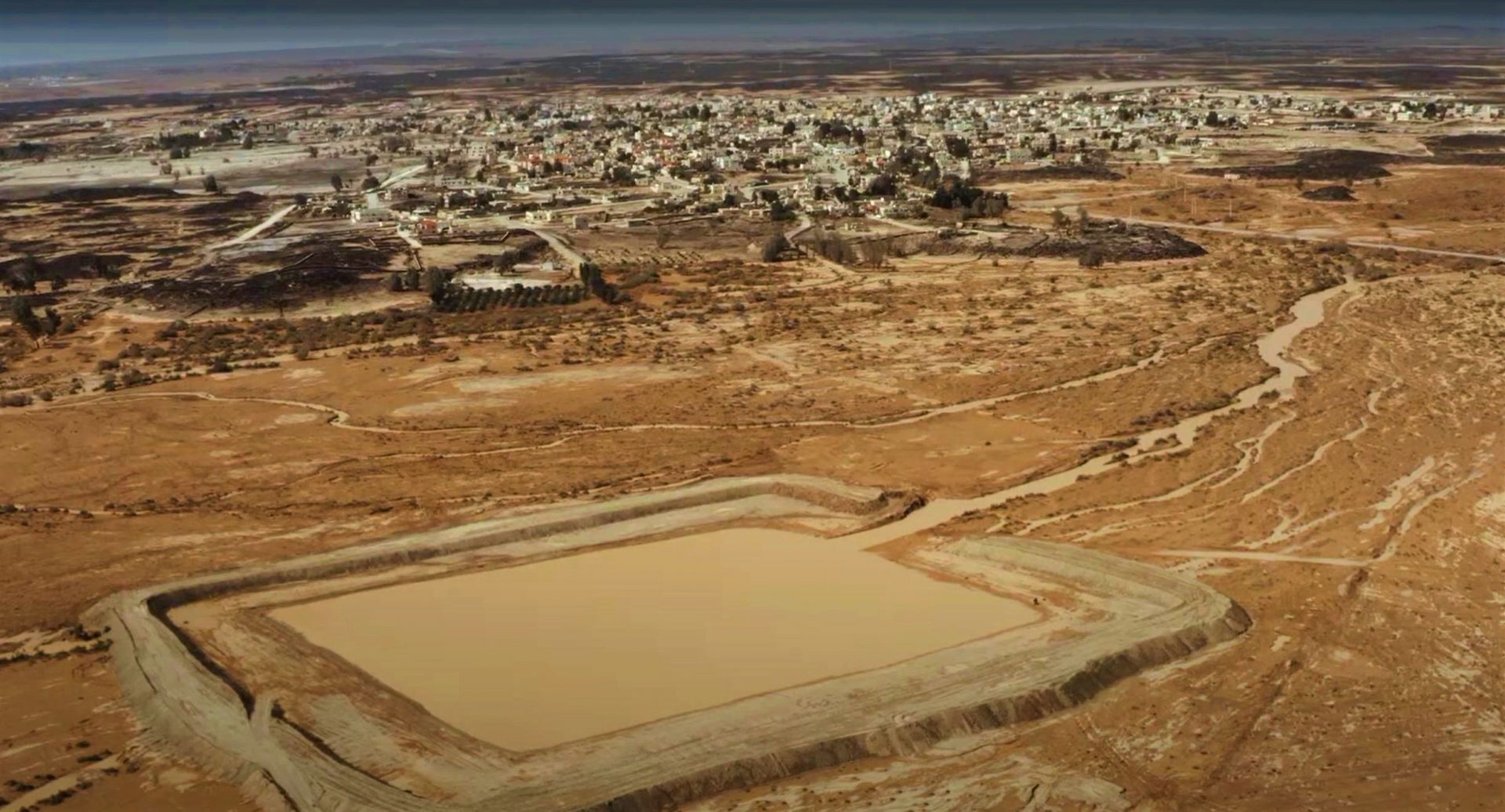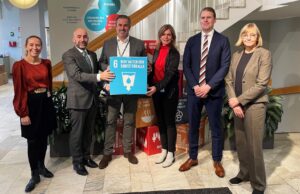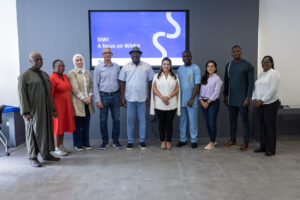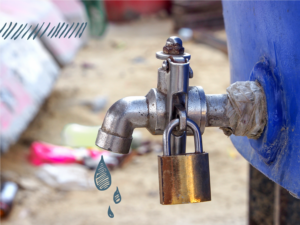Floods to avert droughts in Jordan using the force of nature
Using existing forces of nature to recharge groundwater
The Ministry of Water and Irrigation together with UNDP, the Inter-Islamic Network on Water Resources Development and Management, and the Azraq municipality developed a collaborative framework to create nature-based-solutions in response to drought mitigation. Nature-based-solutions are carved from an existing environment to restore ecosystems that benefit both society and biodiversity. Surveys indicated six most suitable sites to construct Managed Aquifer Recharge (MAR) structures to capture flood water flowing from the highlands into the groundwater system, before getting evaporated in the low-lying wadis or valleys. Tarabieh said that, “Flash floods are a common occurrence over thousands of years, given the topography of the region. But rapidly changing landscapes and extreme rainfall events due to impacts of climate change, are causing the floods to divert from historic pathways, and disrupt the urban and populous areas of Jordan.”
MAR’s design was greatly boosted by the local community. “People started to lead our experts in the field. They began to draw the entire drainage system for us and highlighted a depression in the land. So, we selected this site because nature announced it to us,” added Tarabieh. The intervention required minimal excavation and the floods allow the soil from MAR to be redistributed.
Tarabieh sees the role of local communities as integral to the success of the MAR project and drougt prevention. “Even science needs validation. And when traditional knowledge validates science, then risks are minimized.”
“Even science needs validation. And when traditional knowledge validates science, then risks are minimised.”
Ongoing peace with refugees depends tackling future droughts
Jordan is the second most water scarce country in the world, and current trends imply that by 2025, it could fall in the absolute worst category of countries facing water shortage. The vulnerability assessment found that droughts could drive a majority of the population towards the capital city of Amman. But Amman’s population already relies on the Azraq water basin, which additionally supports its own people, agriculture, wetlands and biodiversity.
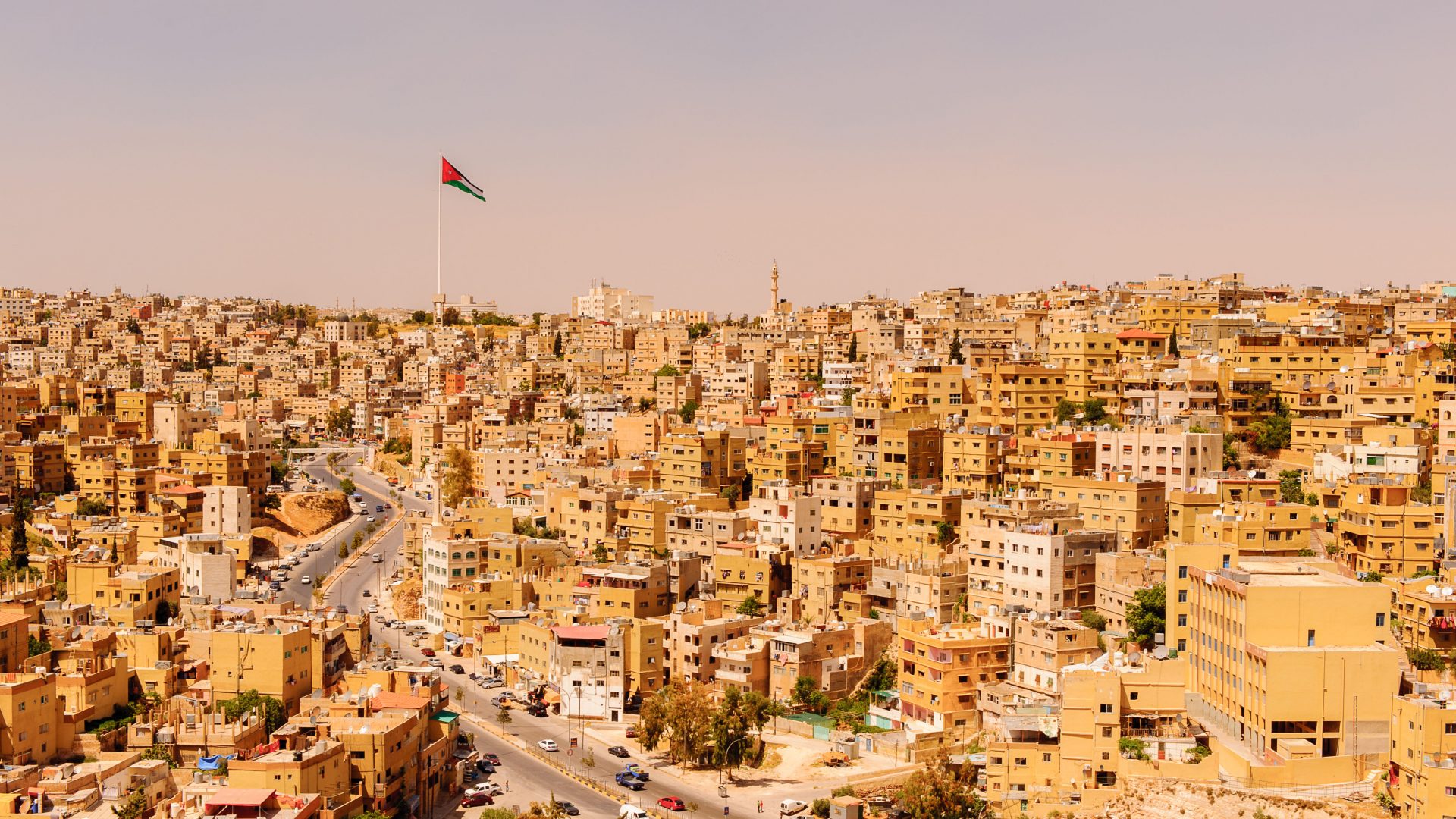
A growing concern is that recurring droughts could exasperate ongoing regional political unrest, and slow down climate action.
Currently, 14 percent of Jordan’s water resources are shared with a growing Syrian refugee population, according to Tarabieh. Despite this, Jordanians and Syrians share a close bond, and Tarabieh describes this as “unique even at the global level”. He remarked that, “A higher portion of the population is living among host communities rather than in refugee camps. We carry shared values, which brings us closer.”
An early response to droughts will be especially crucial to maintain this harmony and peace, among other factors encompassing social and environmental wellbeing.
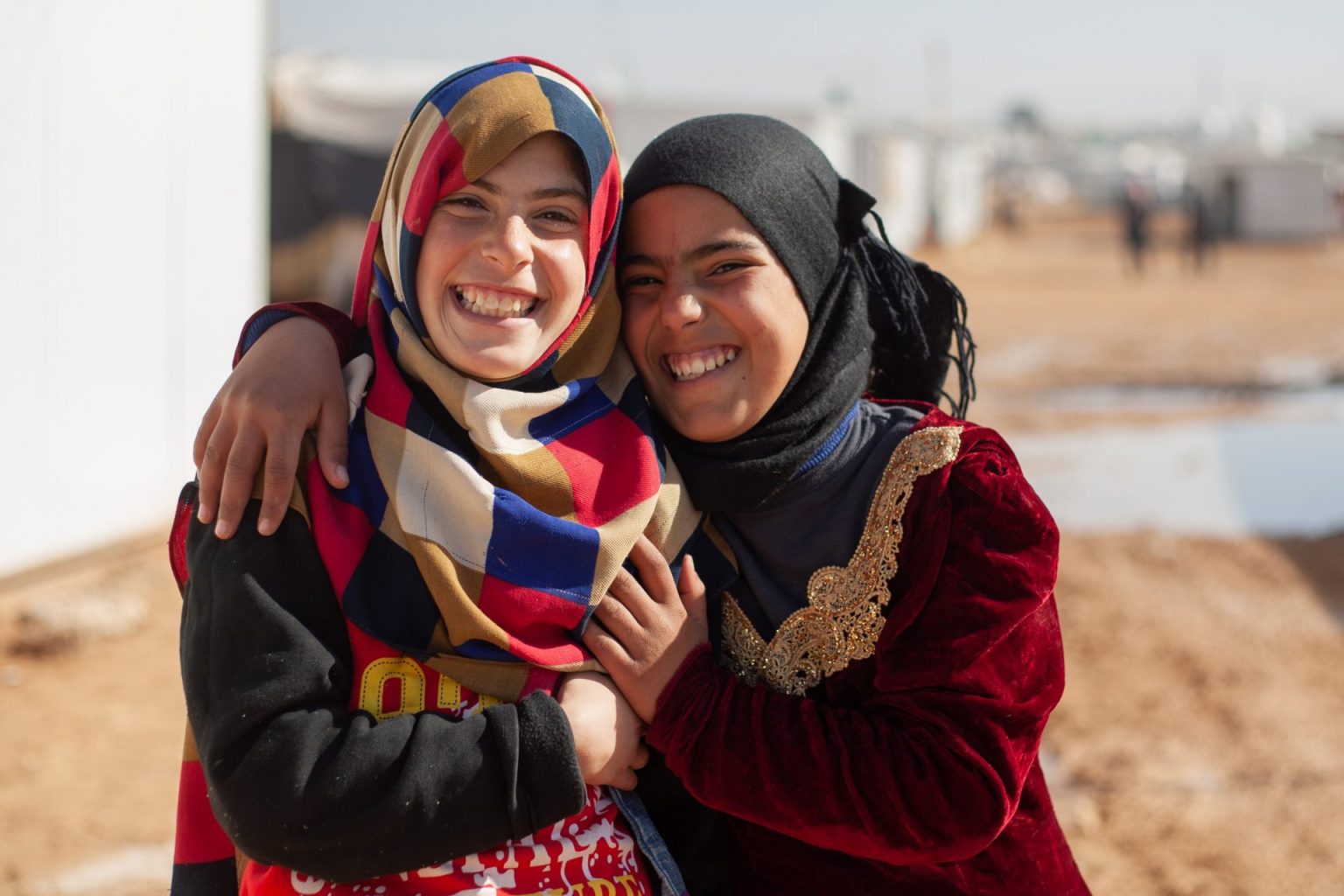
Monitoring will determine replication
The groundwater recharge in the mudflat area was about 3 percent owing to physical properties that hinder flood water from seeping through mud layers. MAR has increased the rates to more than 55 percent. An ongoing monitoring programme recommends two additional floods to assess the overall improvement in recharge rates.
“Of the 3 million cubic meters of water that passes Azraq valley, MAR has obviously retained a fractional amount, but it is important enough for us to monitor its potential for replication across extremely drought prone areas in Jordan,” Tarabieh said.
A number of factors will determine the success of the MAR structure including if local residents fill up their tanks, or if they bring their cattle to drink water. Tents have already been set up for recreation during summer months and there are plans to plant native trees to improve vegetation on-site. The impact on migratory birds will also be a key determining factor, “Azraq will be home for these birds come October. Will it benefit them, we’ll have to see.”
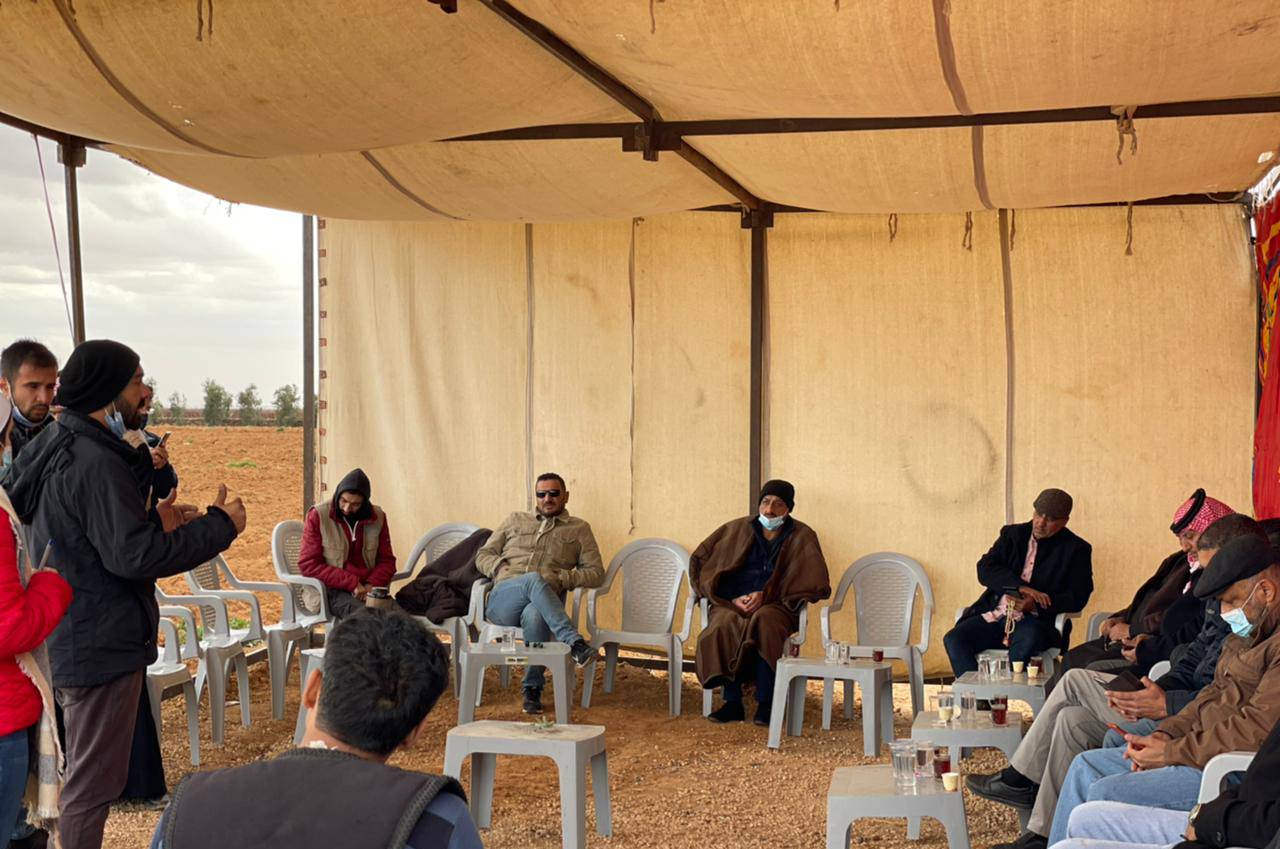
Tarabieh awaits something bigger – lessons on expanding the governance system to represent local actors. “So far water management has been centralized in Jordan, and we are hoping the MAR project can demonstrate the potential new role of municipalities.” The water harvesting structure brings hope not only for preventing droughts, but also symbolises the role of water in reconnecting with nature and enriching social ties.
GoAL-WatERS Programme in Jordan
The Managed Aquifer Recharge water harvesting structure emerged from the GoAL-WatERS (Governance, Accountability and Leadership/Learning in Water for Equity, Resilience and Sustainability) programme. The programme supports national and local authorities, and partners to improve water governance. GoAL-WatERS activities are implemented through the United Nations Development Programme (UNDP) country offices or partners, and strategically coordinated by the UNDP-SIWI Water Governance Facility at SIWI.
Learn more about GoAL-WatERS in Jordan